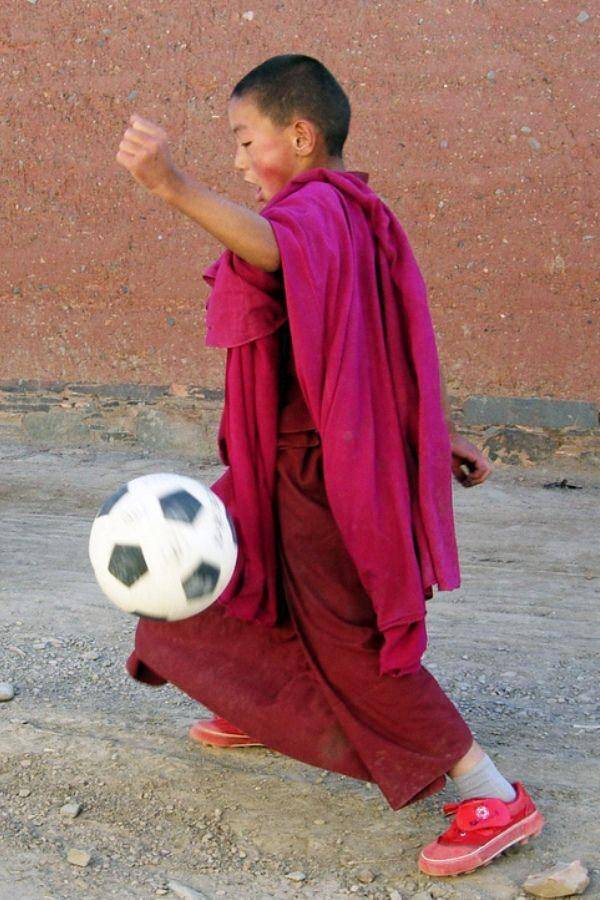
Figure 1.--Child monks are a bit monks, but still very much children. This photograph was taken in the Tibetan Labrang Monastery, Xiahe County we believe in 2012. |

|
Buddhism is the primary religion of Tibet. It is, however, not the only religion. The Bon religion, the primitive religion of the ancient Tibetans, was flourish before the introduction of Buddhism. Bon priests were powerful exerting both both military and economic control even over the country's nobility. The traditional religion of Bön survives to a limited extent, but has become basically the same as Buddhism. Bon gave Tibetan Buddhism much of its distinctive character. Songtsan Gambo (?-650) unified the Tibetan Plateau and established the Tubo Kingdom. To cement control of his new kingsom, he defied the Bon priests by introducing Buddhism. He married Princess Bhributi from Nepal, who brought a life-sized statue of Sakyamuni at the age of 8 years. He then married Princess Wencheng of the Tang Dynasty (618-907), who brought a life-sized statue of Sakyamuni at the age of 12 yeras, as well as 360 volumes of Buddhist sutras as her dowry. This began a najor cultural shit. Chinese culture from the Central Plains began to flow into Tibet. Songtsan Gambo contributed to development of Lamaism when he constructed the Jokhang and Ramqe monasteries in Lhasa, his capital. As a result, the primary religion of Tibet became Lamaism (a form of Buddhism). Mahayana Buddism arrived from India (7th century AD). This evolved into Lamaism (8th century AD). There are also Muslim and Christian minorities, but are primarily practiced by non-Tibetian ethnic groups that have moved into Tibet. Tibetan Buddhism is a major influence on the the country's culture, including art, music, and festivals of the region. Tibetan architecture reflects Chinese and Indian influences. The Chinese Communist Government has attempted to discourage religion as was particularly brutal after the initial invasion and during the Cultural Revolution. The Chinese Government is currently using the school system they control to stamp out Buddhist religious teachings.
Navigate the Boys' Historical Clothing Web Site:
[Introduction]
[Activities]
[Biographies]
[Chronology]
[Cloth and textiles]
[Clothing styles]
[Countries]
[Topics]
[Bibliographies]
[Contributions]
[FAQs]
[Glossaries]
[Images]
[Links]
[Registration]
[Tools]
[Boys' Clothing Home]
Navigate the Boys' Historical Clothing national pages:
[Return to the Main Tibet page]
[Return to the Main country religion page ]
[Return to the Main Asian page]
[Afghanistan]
[Bangladash]
[Bhutan]
[China]
[India]
[Pakistan]
[Sri Lanka]
[Tajikistan]
[Turkmenistan]
[Uzbeckistan]
